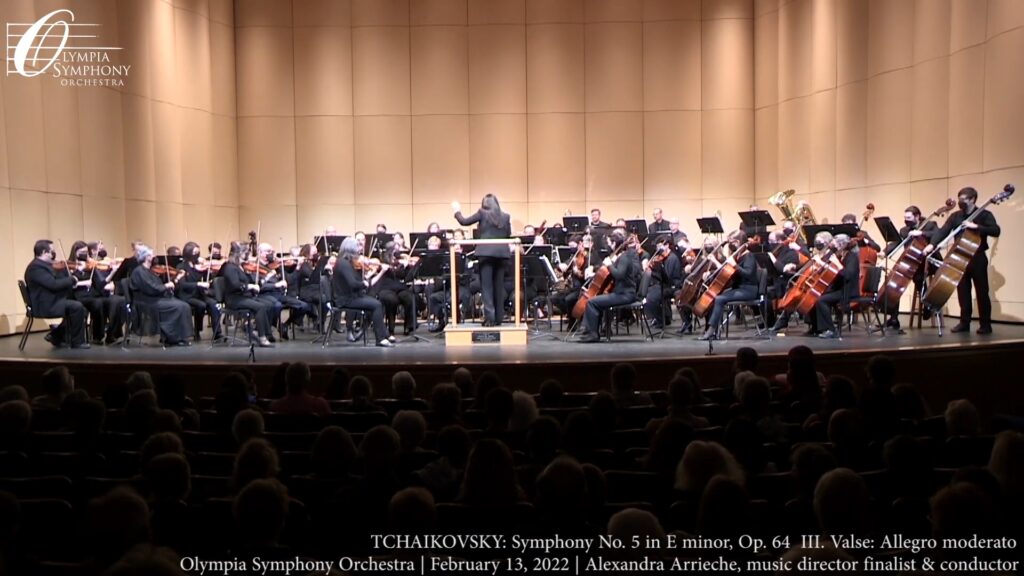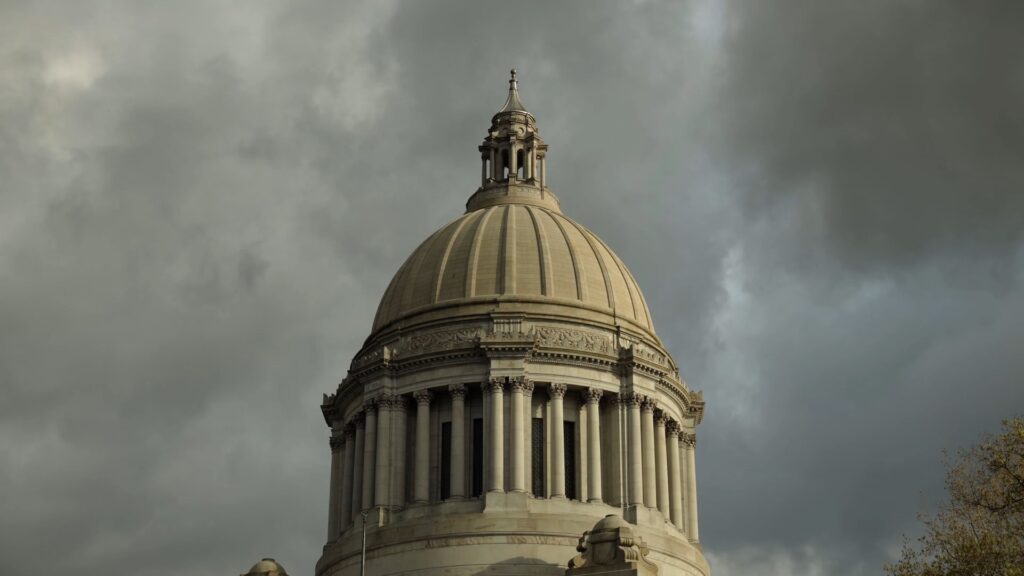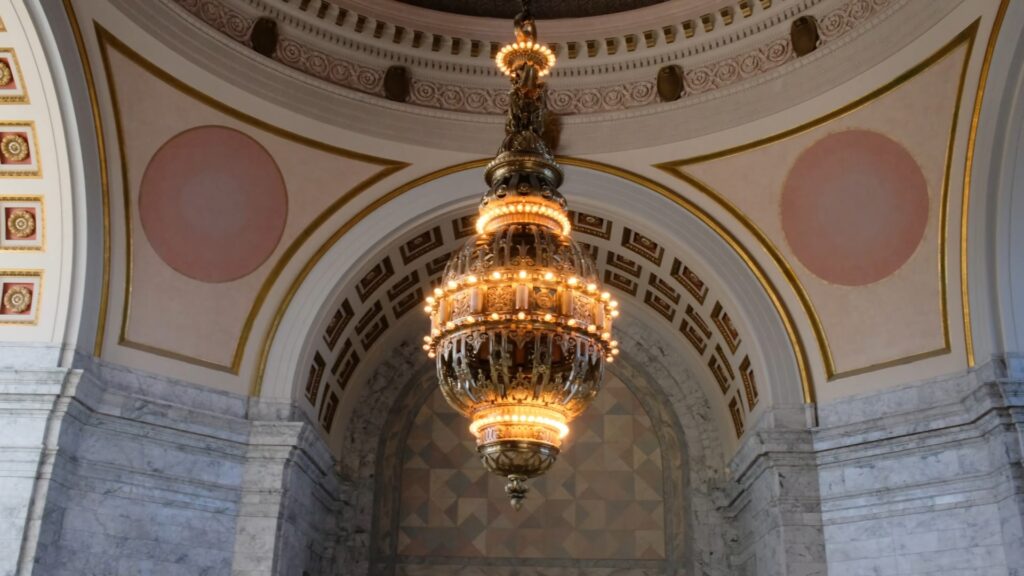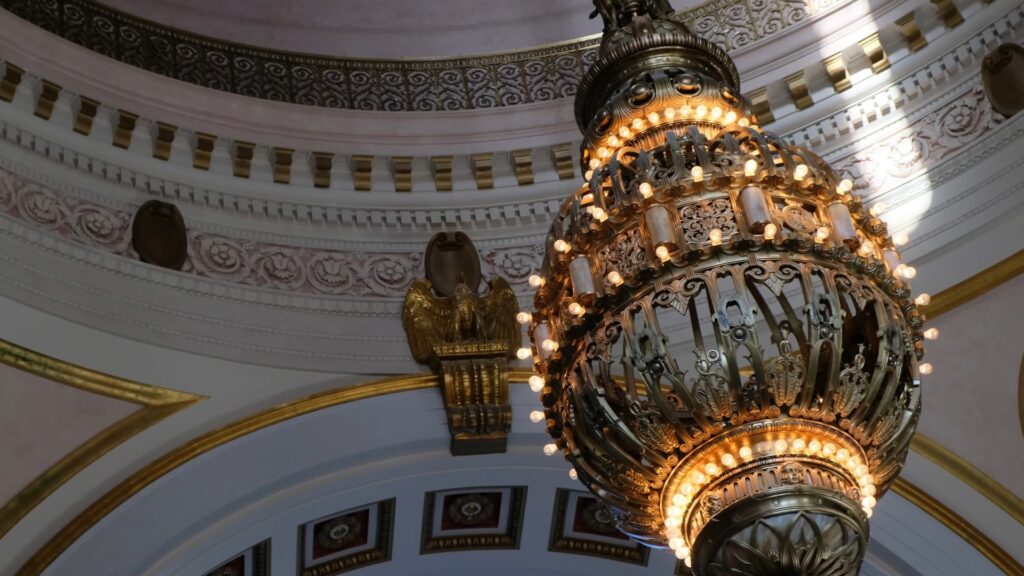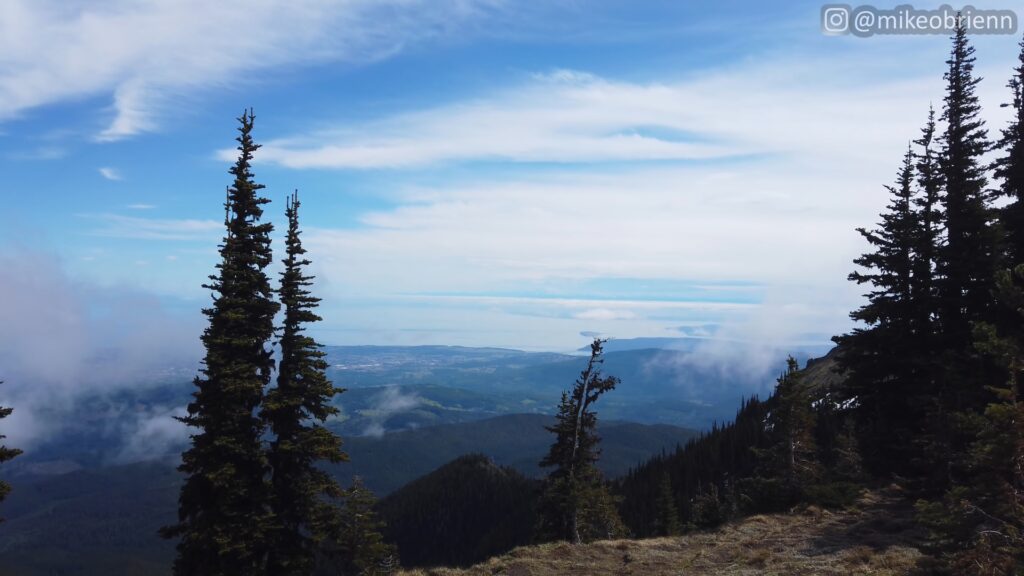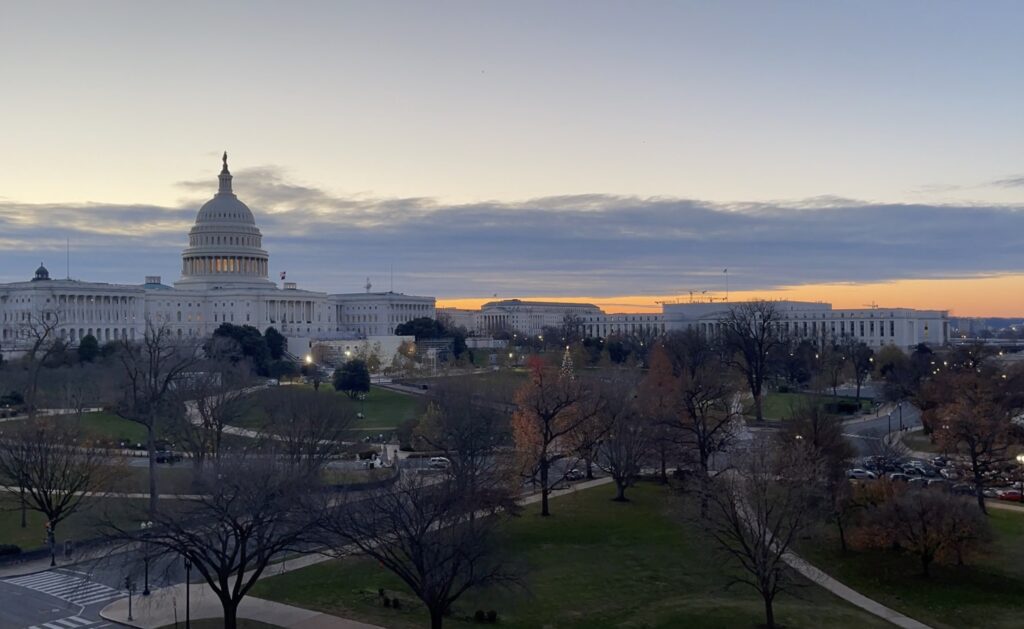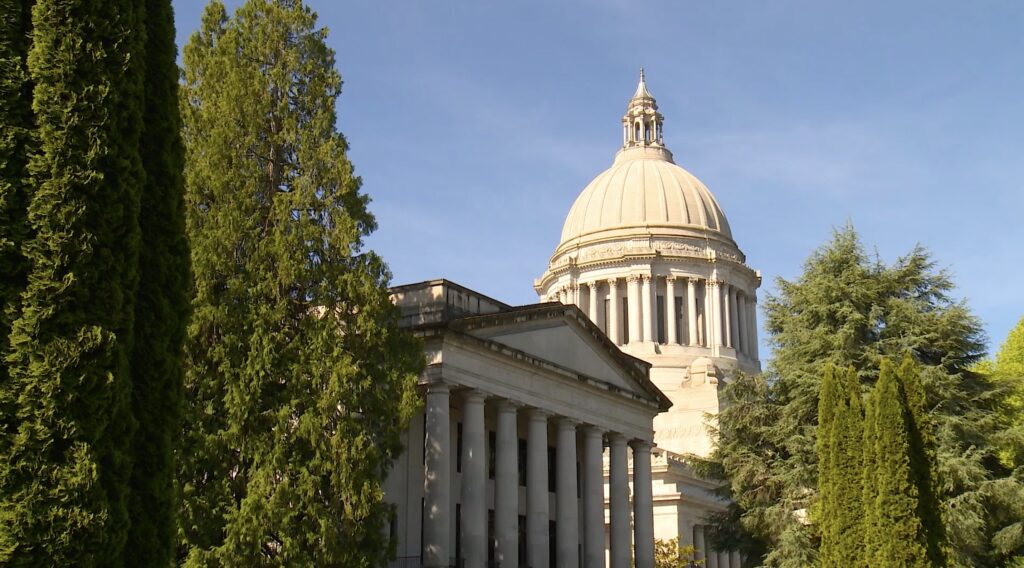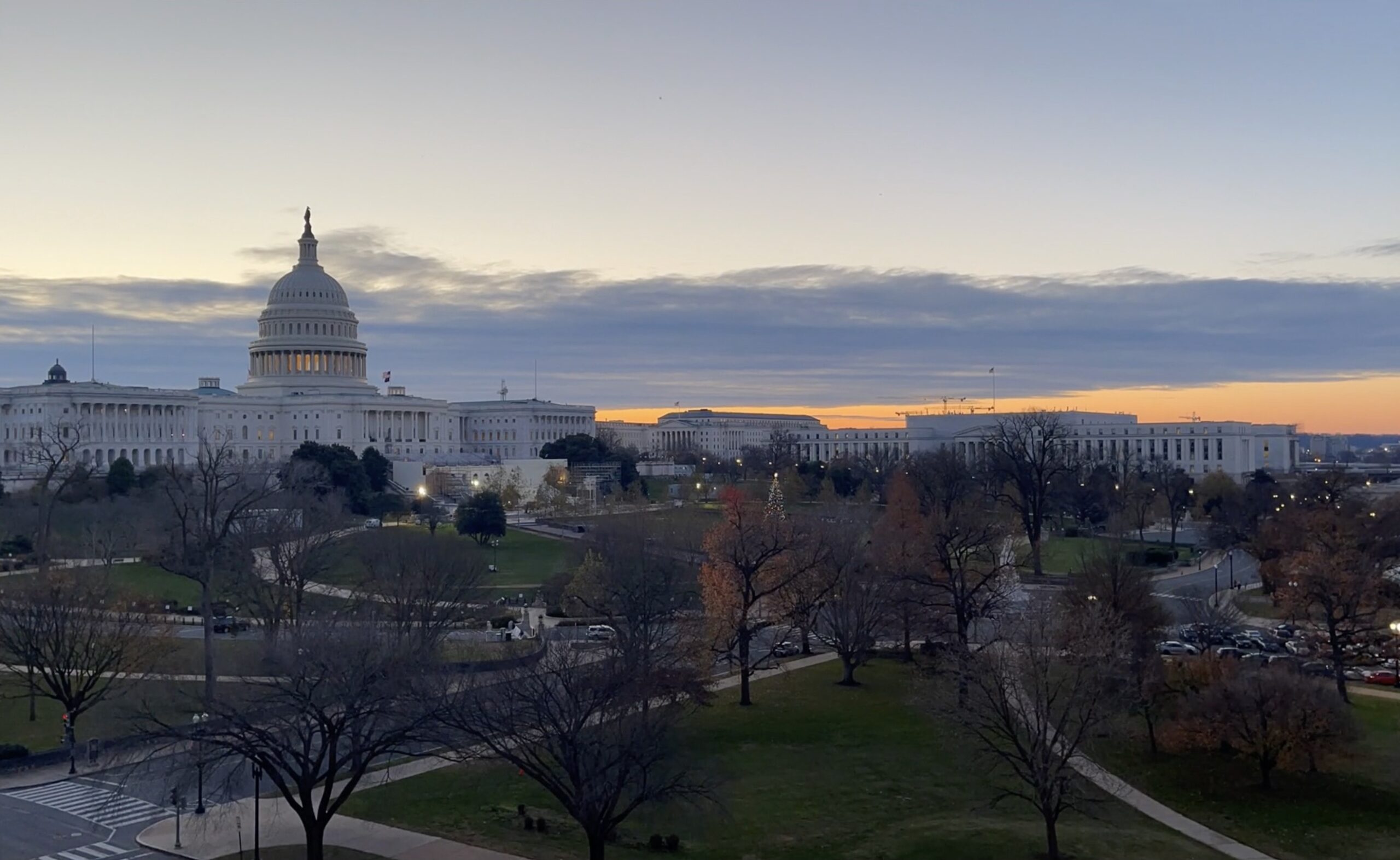Olympia, the capital city of Washington State, has a rich history deeply intertwined with its timber industry. The region’s lush forests provided an abundant resource that shaped the growth and development of the city. Today, Olympia’s wooden structures stand as a testament to its past, each with its own unique story to tell. Join us as we uncover the timber tales behind Olympia’s iconic wooden buildings.
The Governor’s Mansion: A Historic Residence
One of Olympia’s most recognizable wooden structures is the Governor’s Mansion, located on the Capitol Campus. This grand Victorian-style mansion has served as the official residence of Washington State’s governors since 1908. Constructed using local timber, the mansion showcases the craftsmanship and elegance of early 20th-century architecture. Its wooden façade, adorned with intricate details and a welcoming wraparound porch, stands as a symbol of the state’s heritage.
The Schmidt House: A Timber Legacy
Another notable wooden structure in Olympia is the Schmidt House, also known as “The Coach House.” Built in 1904 by prominent Olympia businessman Leopold Schmidt, the house reflects the Craftsman architectural style with its warm wood paneling, exposed beams, and handcrafted details. Today, the Schmidt House serves as a museum and event venue, providing a glimpse into Olympia’s past and preserving its timber heritage.
The Bigelow House Museum: A Pioneer Abode
The Bigelow House, constructed in 1850, is the oldest surviving wooden residence in Olympia. This two-story farmhouse is a testament to the city’s pioneer era and the resourcefulness of its early settlers. Built with hand-hewn timbers and featuring a distinctive Greek Revival architectural style, the Bigelow House now serves as a museum, offering visitors a glimpse into the daily life of the early settlers and the challenges they faced.
The Capitol Theater: A Stage of History
The Capitol Theater, constructed in 1924, stands as a prime example of Olympia’s timber-framed theaters from the early 20th century. This historic venue has hosted countless performances, from live theater productions to film screenings. With its ornate wooden interior, including intricately carved moldings and a beautiful balcony, the theater is not only a cultural landmark but also a testament to the craftsmanship and enduring allure of wooden structures.
The Olympia Farmers Market: A Timber Gathering Place
While not a single building, the Olympia Farmers Market is a bustling gathering place that showcases the city’s commitment to supporting local farmers and artisans. The market’s iconic covered pavilion, constructed with wooden beams and trusses, provides a welcoming and rustic ambiance. Here, visitors can explore a variety of stalls offering fresh produce, crafts, and culinary delights, all while being surrounded by the beauty of wooden architecture.
Beyond these notable structures, Olympia is also home to numerous historic homes, storefronts, and neighborhoods that feature wooden elements. From the intricate Victorian detailing of the Sylvester Mansion to the charming storefronts of downtown, each wooden structure adds to the city’s architectural tapestry and tells a story of Olympia’s growth and transformation.
As you explore Olympia’s wooden buildings, take a moment to appreciate the craftsmanship, the legacy of the timber industry, and the enduring charm of these structures. They stand as a reminder of the city’s history and the people who built it. So, the next time you find yourself in Olympia, immerse yourself in the timber tales that unfold around every corner, and experience the beauty of these wooden structures firsthand.

